Soup dumplings, also known as xiao longbao in Chinese cuisine, are a delightful treat that combines the savory flavors of broth, meat, and vegetables encased in a delicate, thin skin. These dumplings are renowned for their hot, steaming liquid that bursts forth upon biting, offering an explosion of taste in every mouthful. However, mastering the art of cooking soup dumplings can be challenging, especially for those unfamiliar with the nuances of ensuring they are perfectly cooked. This guide will delve into the intricacies of how to determine if your soup dumplings are ready to be enjoyed, ensuring that each bite is a harmonious blend of flavors and textures.

Understanding the Components of Soup Dumplings
Before diving into the cooking process, it’s crucial to understand the components that make soup dumplings unique. Each dumpling typically consists of:
- The Skin: A thin, translucent wrapper made from wheat flour and water, sometimes with additional ingredients like cornstarch to enhance its translucence and flexibility.
- The Filling: A combination of ground meat (usually pork, but chicken or beef can also be used), diced vegetables, and seasonings. The key to a flavorful filling is the balance of spices and the inclusion of gelatin or aspic, which forms the soup within the dumpling.
- The Soup: This is created by simmering meat bones, chicken, or vegetables to extract a rich broth, which is then cooled and sometimes thickened with gelatin before being mixed into the filling.
The Importance of Proper Cooking
Soup dumplings are delicate and require precise cooking to avoid bursting during preparation or serving. Overcooking can lead to a mushy texture and loss of broth, while undercooking can result in raw filling and an unpleasantly chewy skin. Therefore, knowing when your soup dumplings are perfectly cooked is essential for achieving the desired taste and texture.
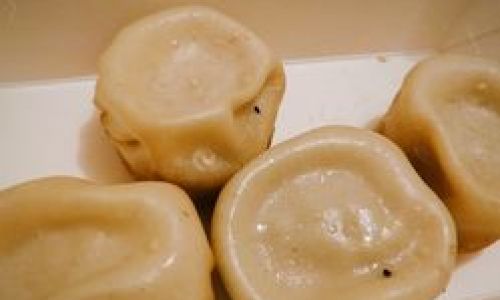
Methods for Cooking Soup Dumplings
Soup dumplings can be cooked using various methods, each impacting the final texture and flavor slightly. The most common methods include steaming, boiling, and pan-frying.
Steaming
Steaming is the traditional and most popular method for cooking soup dumplings. It preserves the broth and ensures a tender, moist texture.
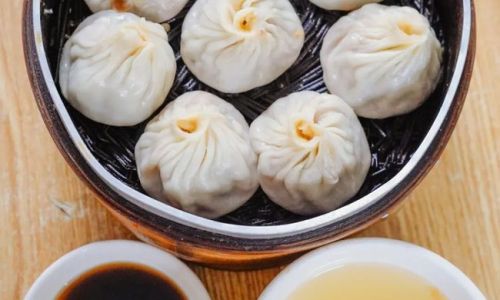
- Preparation: Place the dumplings in a single layer on a steaming rack lined with parchment paper or banana leaves to prevent sticking.
- Steaming: Bring a pot of water to a boil and place the steaming rack over it. Cover the pot and steam the dumplings for about 12-15 minutes, depending on their size. Larger dumplings may require additional time.
Boiling
Boiling is less common but can be used for a different texture and flavor profile. It’s crucial to use a gentle simmer to avoid bursting the dumplings.
- Preparation: Bring a large pot of water to a gentle simmer. Carefully drop the dumplings into the water using a slotted spoon.
- Cooking: Simmer the dumplings for about 8-10 minutes, or until they float to the surface and the skin becomes translucent.
Pan-Frying
Pan-frying, often called “pan-searing” in the context of soup dumplings, creates a crispy bottom while keeping the top soft and steamy.
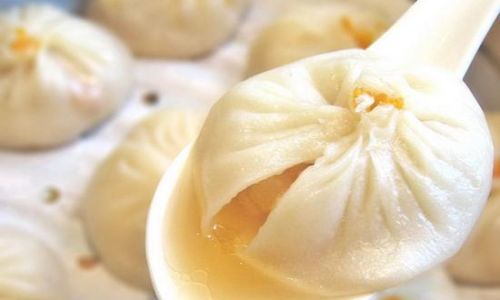
- Preparation: Heat a non-stick skillet with a small amount of oil over medium heat. Place the dumplings in the skillet, ensuring they are not overcrowded.
- Cooking: Cook for about 2-3 minutes on one side until the bottom is golden brown and crispy. Carefully add a small amount of water to the skillet, cover, and steam for an additional 5-7 minutes.
Determining If Soup Dumplings Are Cooked
Now, let’s delve into the specifics of how to determine if your soup dumplings are perfectly cooked. This involves a combination of visual, tactile, and auditory cues.
Visual Inspection
- Skin Transparency: A cooked dumpling’s skin should be translucent, allowing you to see a hint of the filling and broth inside. If the skin looks opaque or doughy, the dumplings may need more cooking.
- Color Change: The skin should have a slight glow or shine, indicating that it has cooked through. A dull or pale appearance can suggest undercooking.
- Size and Shape: Fully cooked dumplings will hold their shape and not look saggy or flattened. They should also have a slight puffiness, indicating that the steam has expanded the dough.
Tactile Check
- Firmness: Gently press the top of a dumpling with a chopstick or the back of a spoon. It should feel firm but not overly hard. If it feels soft or mushy, it may need more cooking.
- Texture of the Skin: Carefully lift a dumpling and inspect the bottom (if applicable, especially in the case of pan-fried dumplings). The skin should be slightly tacky but not sticky, indicating that it has cooked to the right consistency.
Auditory Cues
- Steaming Sound: When steaming, listen for a steady, gentle hissing sound. This indicates that the steam is consistently penetrating the dumplings, cooking them evenly. If the sound stops abruptly or becomes irregular, it could mean that the water has evaporated, and the dumplings are no longer being cooked.
- Boiling Bubbles: When boiling, listen for a gentle simmering sound. If the water is boiling too vigorously, it can cause the dumplings to burst. Adjust the heat accordingly to maintain a gentle simmer.
Additional Tips for Perfect Soup Dumplings
- Use High-Quality Ingredients: The quality of your broth, meat, and vegetables will greatly impact the final flavor of your dumplings. Invest in good-quality ingredients to ensure a superior taste.
- Practice Patience: Cooking soup dumplings requires patience and attention to detail. Don’t rush the process, as rushing can lead to undercooked or overcooked dumplings.
- Use a Timer: Set a timer for the recommended cooking time based on your chosen method. However, rely on the visual, tactile, and auditory cues as well, as cooking times can vary based on the size and density of the dumplings.
- Serve Immediately: Soup dumplings are best enjoyed hot and fresh. Once cooked, serve them immediately to avoid loss of broth and to maintain the optimal texture.
- Experiment with Fillings and Flavors: Don’t be afraid to experiment with different fillings and flavors. Traditional pork and crab are popular, but you can also try chicken, beef, or vegetarian options.
Conclusion
Mastering the art of cooking soup dumplings is a rewarding culinary endeavor that requires a combination of precision, patience, and attention to detail. By understanding the components of soup dumplings, choosing the right cooking method, and relying on visual, tactile, and auditory cues, you can ensure that your dumplings are perfectly cooked. Remember, the key to success is to use high-quality ingredients, practice patience, and serve your dumplings hot and fresh. With these tips in mind, you’ll be well on your way to creating delicious, mouthwatering soup dumplings that will delight your taste buds and impress your guests.
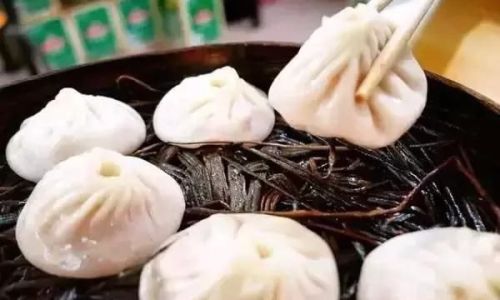
Soup dumplings are not just a meal; they are an experience. Each bite offers a burst of flavor and texture that is uniquely satisfying. By following the guidelines outlined in this guide, you’ll be able to create this culinary masterpiece, enjoying the delicate balance of hot broth, savory filling, and tender skin that makes soup dumplings a cherished part of Chinese cuisine. Happy cooking!
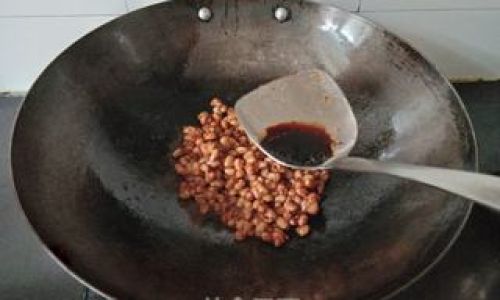
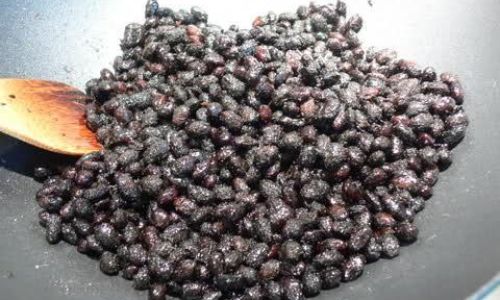
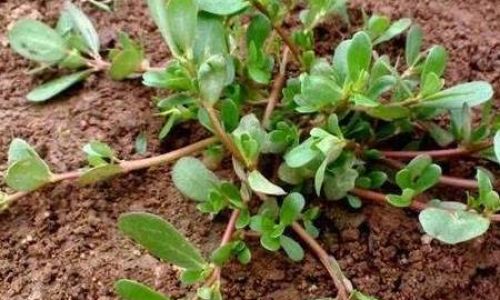
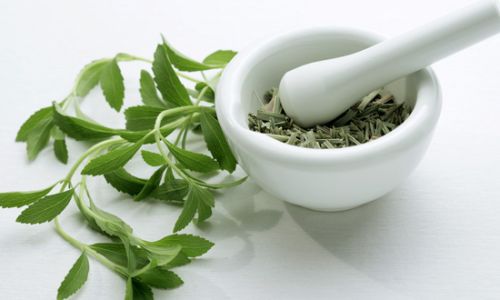
0 comments